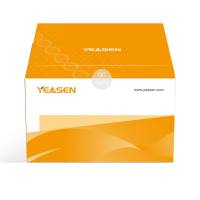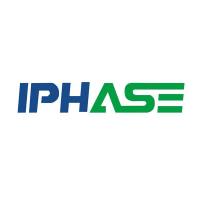Influenza Virus Isolation
互联网
732
The isolation of influenza viruses is important for the diagnosis of respiratory diseases in lower animals and humans, for the detection of the infecting agent in surveillance programs, and is an essential element in the development and production of vaccine. Since influenza is caused by a zoonotic virus it is necessary to do surveillance in the reservoir species (aquatic waterfowls), intermediate hosts (quails, pigs), and in affected mammals including humans. Two of the hemagglutinin (HA) subtypes of influenza A viruses (H5 and H7) can evolve into highly pathogenic (HP) strains for gallinaceous poultry; some HP H5 and H7 strains cause lethal infection of humans. In waterfowls, low pathogenic avian influenza (LPAI) isolates are obtained primarily from the cloaca (or feces); in domestic poultry, the virus is more often recovered from the respiratory tract than from cloacal samples; in mammals, the virus is most often isolated from the respiratory tract, and in cases of high pathogenic avian influenza (HPAI) from the blood and internal organs of infected birds. Virus isolation procedures are performed by inoculation of clinical specimens into embryonated eggs (primarily chicken eggs) or onto a variety of primary or continuous tissue culture systems. Successful isolation of influenza virus depends on the quality of the sample and matching the appropriate culture method to the sample type.









